Home » News & Events » Offshore Wind Potential in the United States
Offshore Wind Potential in the United States
A large-scale floating turbine was installed off the coast of Norway by companies
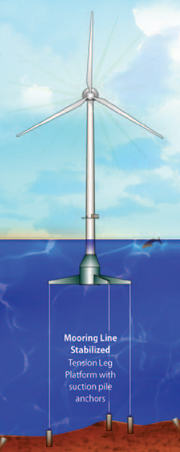 StatoilHydro and Siemens. The floating turbine, dubbed the Hywind, is located in water that is about 700 feet deep. This is significantly deeper than previously installed offshore turbines whose fixed-bottom structures required a water depth of only about 100 feet.
StatoilHydro and Siemens. The floating turbine, dubbed the Hywind, is located in water that is about 700 feet deep. This is significantly deeper than previously installed offshore turbines whose fixed-bottom structures required a water depth of only about 100 feet.
 StatoilHydro and Siemens. The floating turbine, dubbed the Hywind, is located in water that is about 700 feet deep. This is significantly deeper than previously installed offshore turbines whose fixed-bottom structures required a water depth of only about 100 feet.
StatoilHydro and Siemens. The floating turbine, dubbed the Hywind, is located in water that is about 700 feet deep. This is significantly deeper than previously installed offshore turbines whose fixed-bottom structures required a water depth of only about 100 feet.
The United States has yet to install any offshore wind turbines, partially because appropriate turbine designs, like the floating turbines, are still being researched, said Jason Jonkman, a senior engineer with the National Renewable Energy Laboratory.
"Offshore wind energy must progress in stages in the U.S.," he said. "Before deepwater floating wind energy can become a reality, we must ‘get our feet wet' so to say by first installing fixed-bottom offshore wind turbines in shallow water, less than 30m. Once we have experience with that technology, we can move to deeper water."
Another roadblock in U.S. offshore projects is inconsistent permitting practices. Since offshore ownership varies greatly from the east and west coasts, the Great Lakes, and the southern gulfs, leasing conditions have not been streamlined, said Katie Roek, an attorney with Stoel Rivers LLP who has extensive experience wind energy projects.
She explained that the east coast's Outer Continental Shelf is under jurisdiction of the Minerals Management Service, which has just recently finalized leasing licenses. The Great Lakes, however, do not have an agency like the MMS overseeing broad leasing regulations. It is instead each state's responsibility to develop their own leasing practices to use with the Lakes' main permitting agent, the Army Corps of Engineers. Until the states can establish their own leasing practices, the only offshore projects that can possibly go online in the U.S. are located on the Outer Continental Shelf.
"The Great Lakes are basically five to seven years behind the Outer Continental Shelf," Roek said. The controversial Cape Wind project in Nantucket Sound, for example, has now been approved by the MMS, while all projects proposed for the Great Lakes have stalled.
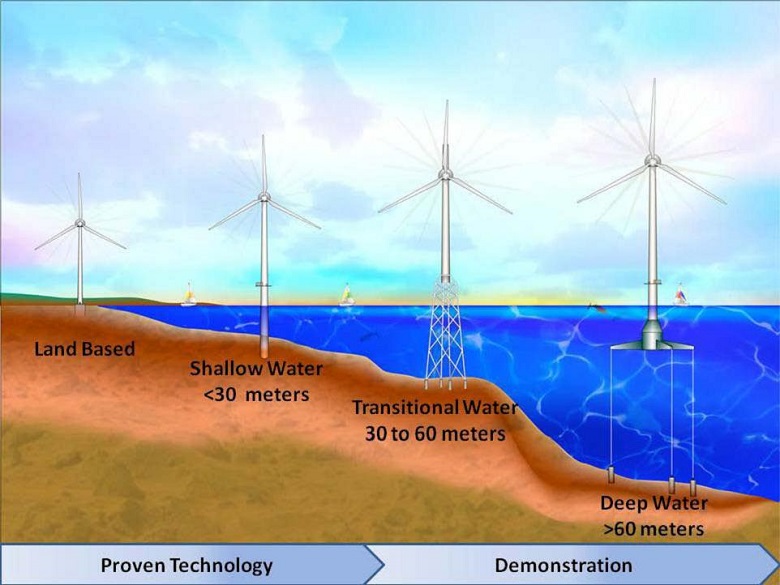
But that doesn't mean Great Lakes offshore projects won't happen. Michigan, for instance, already has a joint process for putting structures like barges in the Great Lakes, so they could adapt that permitting process for wind turbines, Roek said, rather than creating a new process from scratch.
Ohio is probably furthest along with tapping the Great Lakes' wind resources, since their offshore potential in Lake Erie could generate more than 100 percent of their electricity needs, Roek said. One of the biggest steps Ohio and other states must take is establishing incentives for utility companies, since the average cost of installing an offshore turbine is double that of onshore. This, along with conducting preliminary zoning work to determine the best locations for offshore turbines, will help the Great Lake states make offshore projects more feasible.
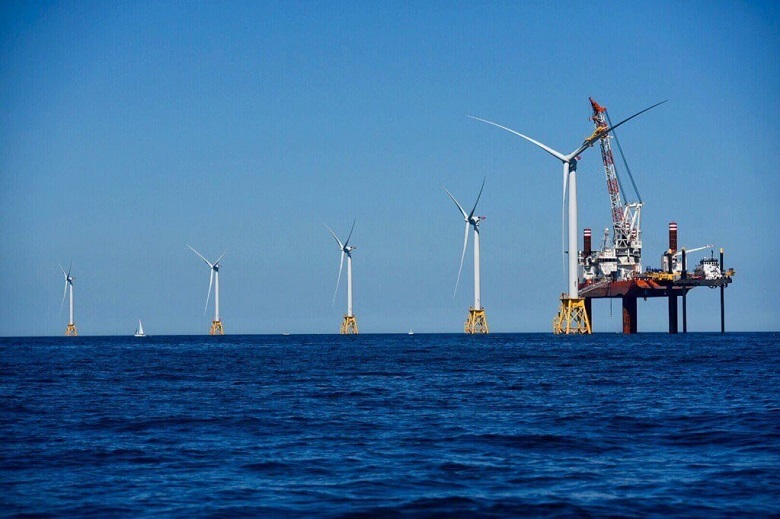
Examples of proposed U.S. offshore projects:
CAPE WIND - Nantucket Sound: Massachusetts
"Offshore wind energy must progress in stages in the U.S.," he said. "Before deepwater floating wind energy can become a reality, we must ‘get our feet wet' so to say by first installing fixed-bottom offshore wind turbines in shallow water, less than 30m. Once we have experience with that technology, we can move to deeper water."
Another roadblock in U.S. offshore projects is inconsistent permitting practices. Since offshore ownership varies greatly from the east and west coasts, the Great Lakes, and the southern gulfs, leasing conditions have not been streamlined, said Katie Roek, an attorney with Stoel Rivers LLP who has extensive experience wind energy projects.
She explained that the east coast's Outer Continental Shelf is under jurisdiction of the Minerals Management Service, which has just recently finalized leasing licenses. The Great Lakes, however, do not have an agency like the MMS overseeing broad leasing regulations. It is instead each state's responsibility to develop their own leasing practices to use with the Lakes' main permitting agent, the Army Corps of Engineers. Until the states can establish their own leasing practices, the only offshore projects that can possibly go online in the U.S. are located on the Outer Continental Shelf.
"The Great Lakes are basically five to seven years behind the Outer Continental Shelf," Roek said. The controversial Cape Wind project in Nantucket Sound, for example, has now been approved by the MMS, while all projects proposed for the Great Lakes have stalled.

But that doesn't mean Great Lakes offshore projects won't happen. Michigan, for instance, already has a joint process for putting structures like barges in the Great Lakes, so they could adapt that permitting process for wind turbines, Roek said, rather than creating a new process from scratch.
Ohio is probably furthest along with tapping the Great Lakes' wind resources, since their offshore potential in Lake Erie could generate more than 100 percent of their electricity needs, Roek said. One of the biggest steps Ohio and other states must take is establishing incentives for utility companies, since the average cost of installing an offshore turbine is double that of onshore. This, along with conducting preliminary zoning work to determine the best locations for offshore turbines, will help the Great Lake states make offshore projects more feasible.

Examples of proposed U.S. offshore projects:
CAPE WIND - Nantucket Sound: Massachusetts
- Project: Proposes 130 turbines on Horseshoe Shoal about 5 miles south off the coast of Cape Cod.
- Current status: Waiting on permitting - The final Environmental Impact Statement by the Minerals Management Service was released in January and found no serious environmental hazard, but the MMS still needs to issue its formal record of decision before Cape Wind can move forward.
- What's next: Federal Aviation Administration must still give clearance, and mandatory consultations with Wampagnoag tribes and historic agencies must be conducted.
- Project: Hopes to install 150 turbines approximately 14 miles from shore.
- Current status: In June, the Secretary of the Interior issued an exploratory lease to build a meteorological tower that will collect information on wind speed, direction and intensity to determine feasability.
- What's next: Developers hope to build a meteorological tower during the winter and begin ocean operation in spring 2010.
- Project: Calls for 390 turbines about 18 miles east of Milwaukee in the area known as the Mid-Lake Plateau, which is shallower than the rest of the lake (about 130 to 260 feet, opposed to 600-plus feet elsewhere).
- Current status: On hold because of lack of technology for mounting turbines in 200 feet of water.
- What's next: Developers hope to secure permitting in spring 2011, with a ground breaking the following year.
Post a Comment:
You may also like:

Featured Articles
Economic Impacts of Wind Industry
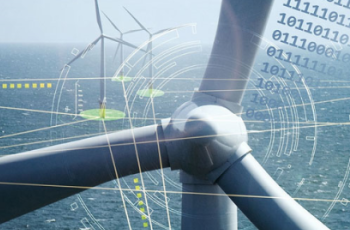 Any business development will have economic impacts on the local and regional economies, and wind energy projects are no ...
Any business development will have economic impacts on the local and regional economies, and wind energy projects are no ...
 Any business development will have economic impacts on the local and regional economies, and wind energy projects are no ...
Any business development will have economic impacts on the local and regional economies, and wind energy projects are no ...Environmental Impacts of Wind Industry
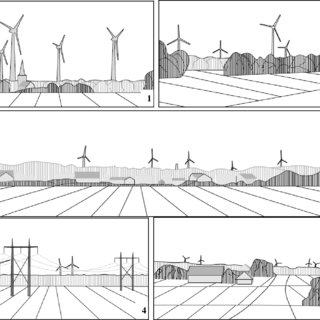 In recent years, the growth of capacity to generate electricity from wind energy has been extremely rapid, To the ...
In recent years, the growth of capacity to generate electricity from wind energy has been extremely rapid, To the ...
 In recent years, the growth of capacity to generate electricity from wind energy has been extremely rapid, To the ...
In recent years, the growth of capacity to generate electricity from wind energy has been extremely rapid, To the ...Challenges in Wind Industry
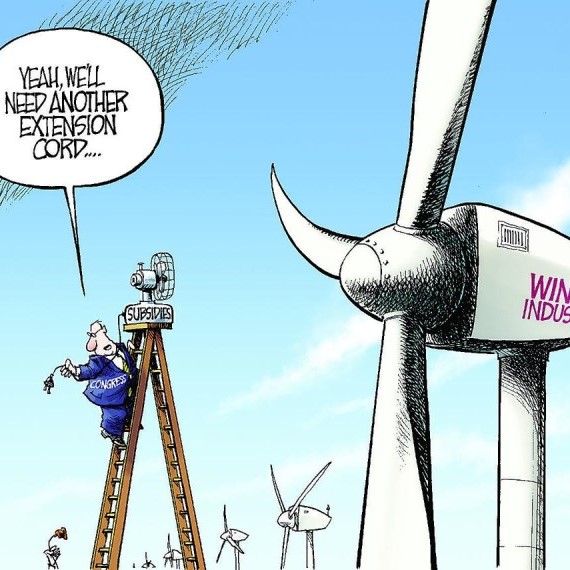 While wind power generation offers numerous benefits and advantages over conventional power generation, there are also some ...
While wind power generation offers numerous benefits and advantages over conventional power generation, there are also some ...
 While wind power generation offers numerous benefits and advantages over conventional power generation, there are also some ...
While wind power generation offers numerous benefits and advantages over conventional power generation, there are also some ...Employment Impacts of Wind Industry
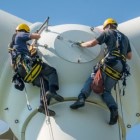 As with most construction and commercial development, wind energy industry create jobs. According to the 2016 Clean Jobs New ...
As with most construction and commercial development, wind energy industry create jobs. According to the 2016 Clean Jobs New ...
 As with most construction and commercial development, wind energy industry create jobs. According to the 2016 Clean Jobs New ...
As with most construction and commercial development, wind energy industry create jobs. According to the 2016 Clean Jobs New ...Wind Energy Cost Trends
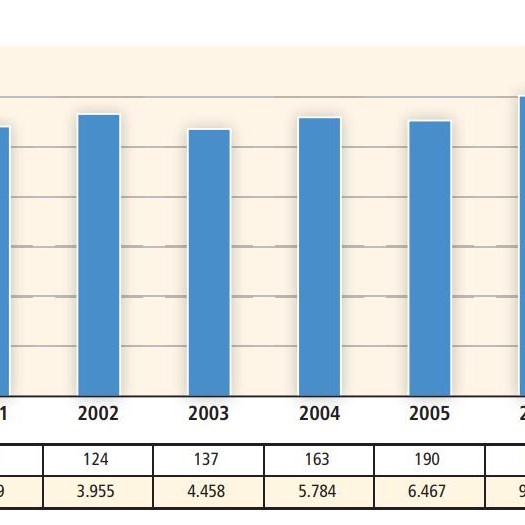 Though the cost of wind energy has declined significantly since the 1980s, policy measures are currently required to ensure ...
Though the cost of wind energy has declined significantly since the 1980s, policy measures are currently required to ensure ...
 Though the cost of wind energy has declined significantly since the 1980s, policy measures are currently required to ensure ...
Though the cost of wind energy has declined significantly since the 1980s, policy measures are currently required to ensure ...